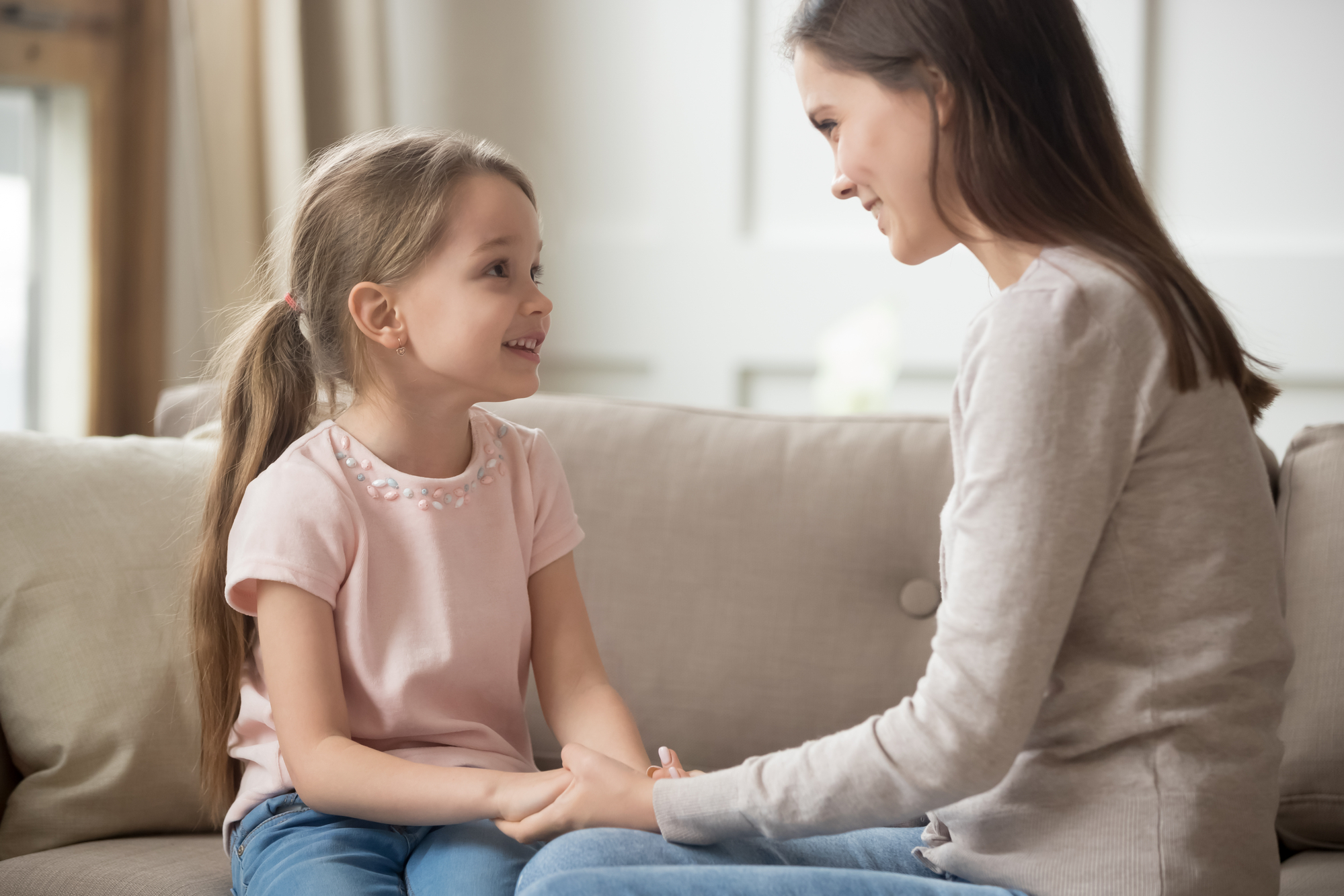As everybody comes to grips with the implications of a type of coronavirus known as CoVID-19, it’s a very uncertain time in the world. You only need to look as far as the local supermarket to see that people are scared about how events will unfold and how they can protect their loved ones.
Naturally, as music classes, swimming lessons and other outings are cancelled, children try to comprehend what’s going on. Here are some top tips to help you speak to your children about coronavirus.
-
Stay calm
It’s important to begin from a point of calm. While things are very uncertain, we do know that the majority of people that contract coronavirus only experience mild symptoms. We also know that younger people are far less at risk than the elderly, or those with pre-existing medical conditions. However, children are certainly not immune to the fear and anxiety that currently surrounds coronavirus.
-
Prepare before your conversation
It’s best to have a think about what you’d like to say to your children before you’re in the hot seat. Parents know their children the best, so think about what types of explanations you’ve provided in the past have been the most useful for them.
Children want to know the facts: coronavirus is a type of germ. It’s very small – so tiny you can only see it under a microscope. The germs get inside your body through your nose, eyes and mouth and make you sick.
New Zealand teacher Dr Michelle Dickinson has a great explanation of coronavirus designed for children. She uses blue light to demonstrate how germs can go from one surface to another, which parents can watch with their children. This allows parents to discuss the key points and be available to answer any questions.
3. Empower your child
It’s also important that we make sure that the information we give our children is empowering. An important message to take away from any conversation is that there are things that we can do to help limit the spread of coronavirus. To do this, children need to understand what germs are and how to avoid transferring them between people.
However, the fact that germs aren’t visible to the naked eye makes it difficult to children to understand their impact and how they can be transferred. How can something so tiny make people sick? How do they move from one person to another?
Matthew Gillet, owner of Adventurers childcare centre says: “it’s important that we teach children about germs in a concrete and visual way to really highlight how they work.
Our goal has been to ensure that the children in our centre understand what germs are, how they spread and how they can look after themselves with regular handwashing and by coughing into their elbows”.
Parents can teach these messages at home in easy and fun ways using everyday items – glitter from the craft box or even dry herbs.

Spreading Glitter Germs
This fun activity teaches children how gems spread. Explain to your child that germs are so tiny that we can’t see them with their eyes, but that you’re going to show them what they’re like. Rub some sunscreen or moisturiser onto your child’s hands and sprinkle some glitter on their palms. You can then have them touch different objects and see how the glitter or ‘germs’ are transferred.
This can also be done with multiple children and allows them to see how the glitter transfers from one person to another when they touch each other’s hands.
Now that your child understands what germs are, we also need to teach them how we can limit their spread. We can do this by regularly washing our hands and coughing/sneezing into our elbows.

Washing Glitter Germs Away
A great way to visually show the importance of using soap to wash away germs is by placing some getting a bowl of water and sprinkling some glitter or dried herbs on the top. You can explain to your child that the glitter is like germs.
When you put your finger in the water – the germs stick. However, if you rub some soap on your child’s finger and then dip their finger in the water… voila! The soap breaks the surface tension of the water, the glitter moves away, and their finger doesn’t get any ‘germs’ on them.

Handwashing
Last, when your child understands germs and the amazing power of soap, empower them by teaching proper handwashing technique. It’s important to thoroughly wash their hands, getting in between their fingers. To make sure that they wash their hands for long enough, you can do it for the time it takes to sing happy birthday twice.
We’d love to hear how you go – share what tips and tricks you have for other families.
For more information about Adventurers, visit their website: https://www.adventurers.vic.edu.au/ or follow them on Facebook: https://www.facebook.com/AdventurersEducation/
You may also like to read:









